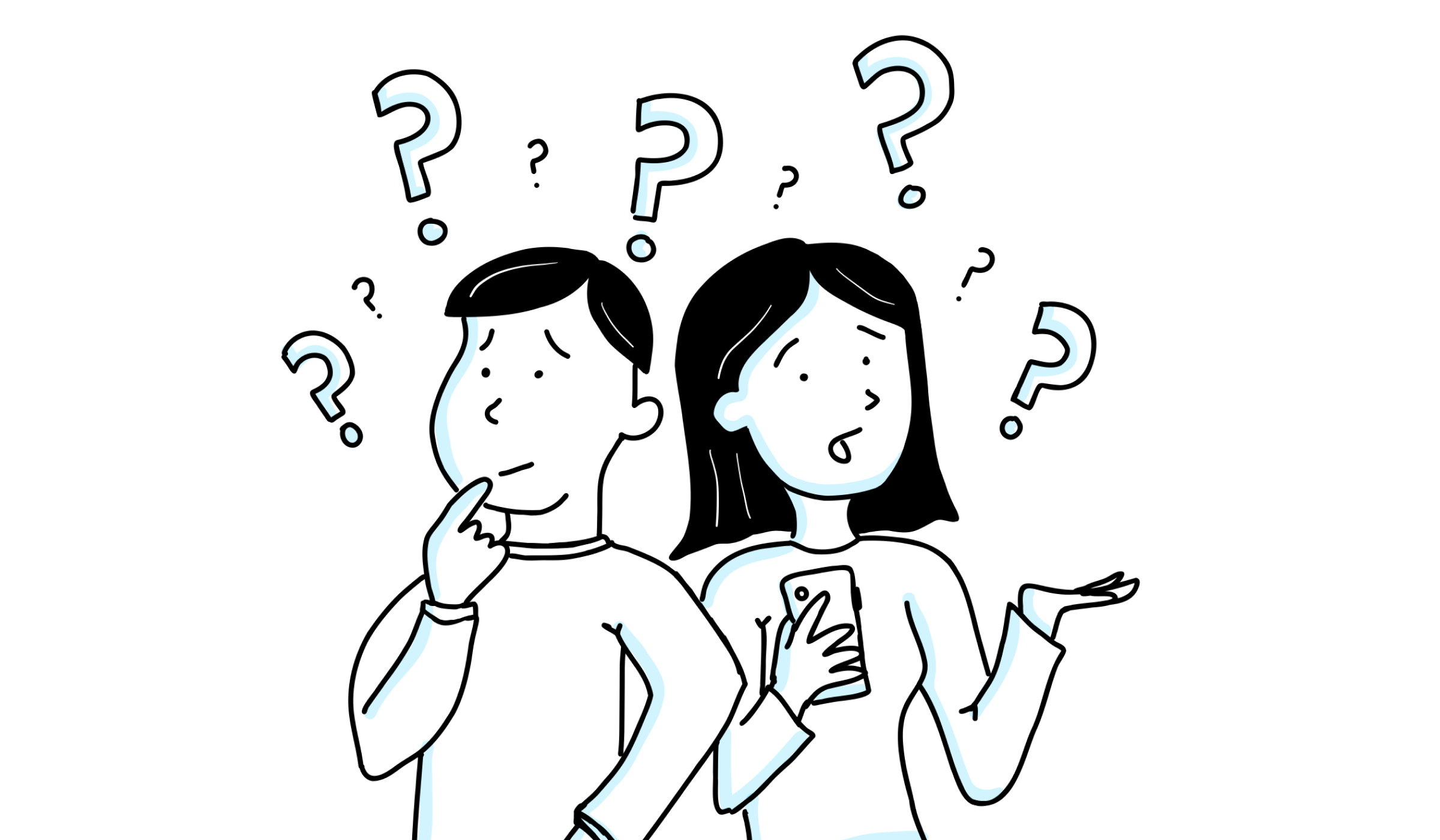
05 Aug When is product friction good?
Ezra Klein opens an interview with philosopher C. Thi Nguyen by quoting his guest: “The world is an existential hellscape with too many values, and games offer a temporary relief from that.”
We are all surrounded by different kinds of values.
When helping friends or family we may focus on values of care and compassion. At work our accomplishments may be measured by values such as whether we completed our work on time and within budget. Often in our daily lives we incorporate a consideration of monetary value in purchasing decisions like: should I splurge $50 to get extra legroom for my cross-country flight?
Our practical values– the things we value– can change by context.
What happens if we substitute “product experiences” for “games” in Nguyen’s quote above? Should a product offer relief from the world’s hellscape of too many values?
Well, a product like Uber can encourage you to focus for a while on a limited number of values. As you request a ride, you can ignore or screen out all the values in the world that might otherwise be bothering you– the bills you have to pay, the groceries you need to pick up– and focus on the values that Uber can actually help you with– arriving on time for an appointment, say, perhaps balanced against how much the trip will cost you.
Games– as opposed to other products– typically measure value using some kind of point system. As Nguyen says, “games give you a moment where you know exactly what you’re doing because there are points…. You know exactly how you’re succeeding, because the points have clear explicit mechanical rules to tell you how to get them.”
Although points may be integral to the game experience, he points out “the structure of games is not that the points are valuable, but that the attempt to get those points, the attempts to win the game and the game’s terms sculpt some kind of interesting or beautiful activity.” The value to the player is more in the process than the product.
What lessons might product leaders draw from these observations, for how we approach our work?
The current fashion in product design is to reduce friction as much as possible, enabling a user to quickly achieve their goal. A framework like ‘Jobs to be done’ intends to focus product designers on the outcome of a user’s action, the task that needs to be enabled. But a ‘job to be done’ doesn’t sound like a lot of fun.
No doubt many strictly tactical user experiences– like logging into a product or checking out a shopping cart– we’d all want to be friction-free. But it would be a mistake to imagine that all experiences should feel that way.
Nguyen, a rock climber, recounts while climbing up a “10-foot brutal grueling boulder, a kid will walk up the back of the boulder and look down and say, hey, you’re doing it the hard way. There’s the easy way up the back.”
Bouldering is worthwhile and engaging precisely because it is challenging– and frictional.
In a game, the point system is typically made up and arbitrary. But once accepted– once you agree to play the game– the point system becomes part of the rules. In a basketball game we all agree that a field goal is worth 2 points, unless the shot was launched from beyond a certain line in which case it’s worth 3.
Outside of explicit game worlds, point systems are often used by organizations and institutions as a way to compare things to norms or targets.
In these situations, the mechanism of tallying points employs data that is abstracted from actions or events occurring in the real world, taking “context-sensitive nuanced information that requires a lot of background to understand” Nguyen says, “and then you carve out all of the subtle nuance….because this information needs to travel. In a large-scale bureaucracy, there are lots of people that need access to the same information.”
We see this every day in the rating systems around us. A restaurant score of 3 out of 5 stars on Yelp or Google does not tell us whether people judge it as mediocre due to meh food quality, service or ambience, or maybe a bit of all three.
More context than the simple points score would be needed to understand that. Does the rating help you make a decision about whether to eat there? A 3 may scare me off, despite the fact a more nuanced point system might reveal a score of 4.5 on food quality, 1.5 on service, and a 1 on ambience. In other words, a lousy place to dine at but maybe a great place to order take-out from.
It is worth distinguishing which aspects of a product experience users may desire to feel gamelike– involving some engaging friction– vs those purely tactical ones which should be as easy as possible.
Sometimes high-friction and low-friction experiences can be tightly interwoven. Say you are shopping for a high-ticket item like an expensive bicycle. During this process you may want to compare the features of 3 or 4 different models to ensure you’re buying the one you’ll really like. The process of setting up a comparison– say checking off the 3 or 4 products– and clicking a ‘compare’ button– should be low-friction, because you are just executing a decision you’ve already made to compare those products.
Once the comparison table is set up, though, you may want to take your time to ponder the pros and cons of each one. The friction in the process– letting your mind traverse the rich multi-dimensional data table and consider the tradeoffs– is valuable (and perhaps engaging) because it increases the probability you will make a decision you’ll be happy with.
